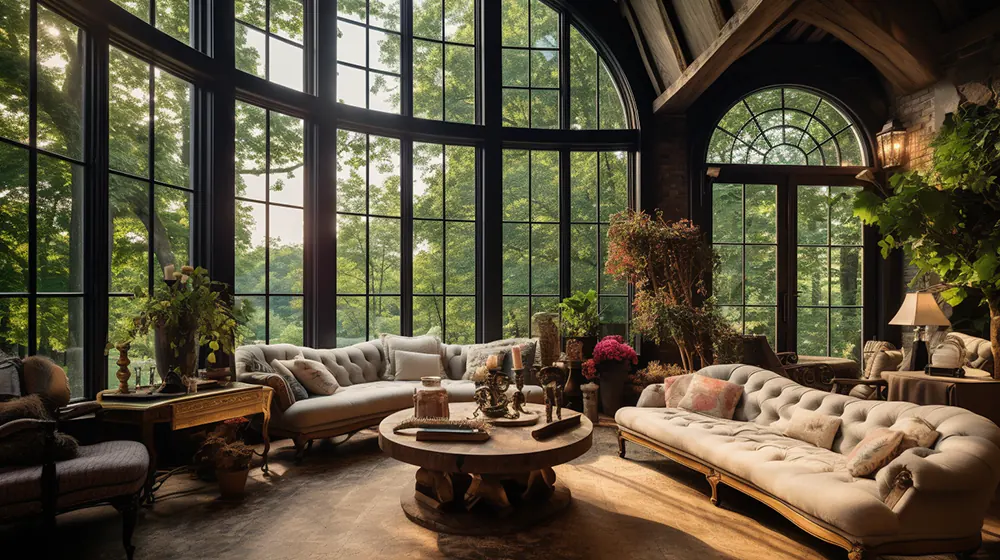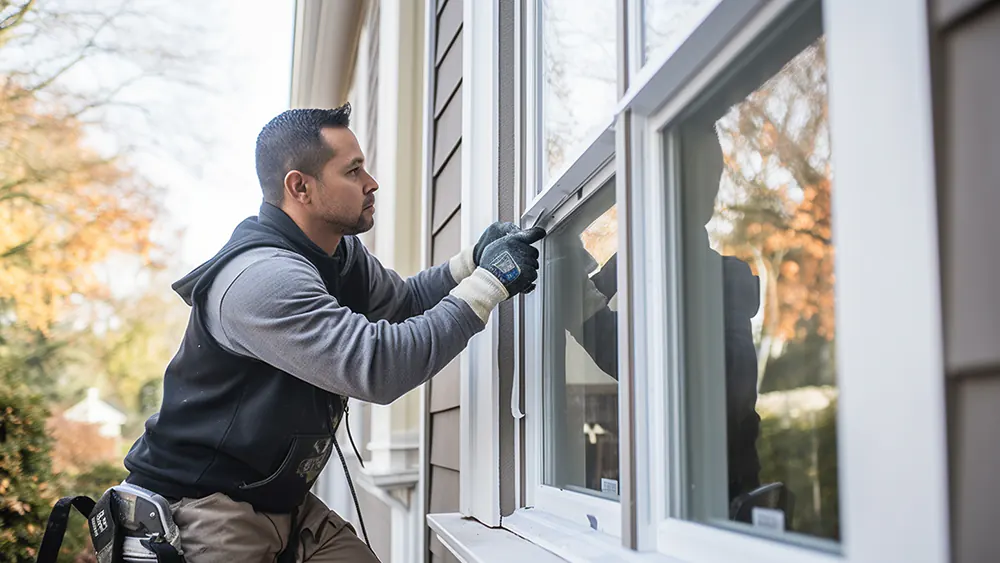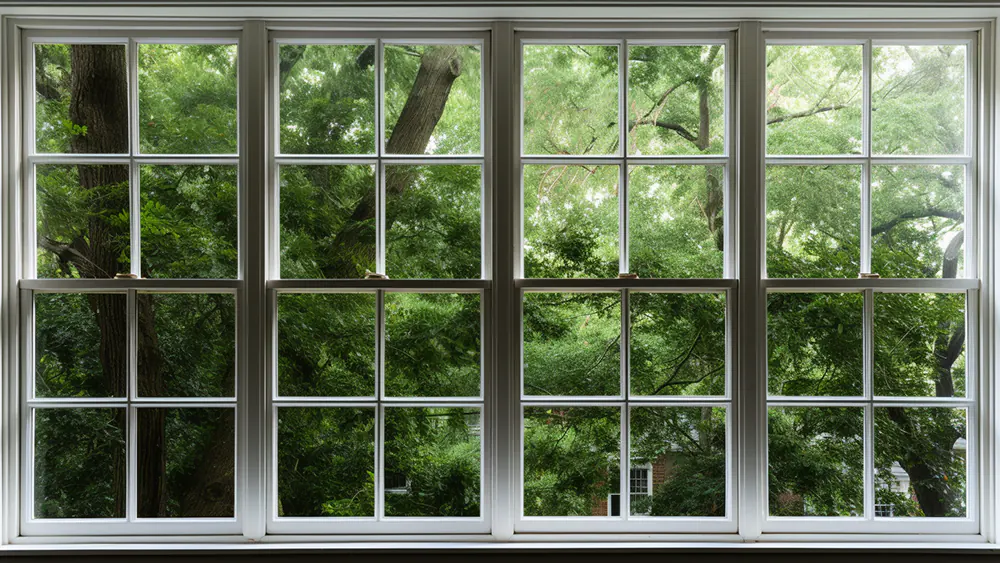How to Measure for Repla...
- Mon to Fri: 09:00 am to 07:00 pm

Have you ever wondered how much you’ll have to pay for new windows this year or in just a couple of years? Will the prices be more affordable or sky-high? As we are in 2023 and looking forward, it’s worth taking a closer look at the trends and predictions in the window industry.
What factors will influence the prices, and what should you expect as a homeowner or a contractor? Is it worth investing in modern, energy-efficient windows, or should you stick to the basics?
These are just some of the questions that might be on your mind. In this article, we’ll explore the window prices and what you can do to make the best decision for your budget and your future.
Prices for 2023 and 2024 look like they may stay the same throughout the year. Although there are cases that could be made for an increase, decrease, and constant in prices; we believe that prices will be roughly the same throughout the year and onto the next.
1. Increasing demand for energy-efficient windows
2. Rising cost of raw materials
3. Market trends favoring higher window prices
4. Increased labor costs due to rising wages and increased competition in the window installation market
5. New government regulations affecting the cost of manufacturing or installation requirements
6. Inflationary pressures leading to higher production costs for manufacturers
7. Currency exchange rate fluctuations resulting in increased import costs
8. Unfavorable weather conditions resulting in reduced crop yields causing an increase in wood prices used to create frames for windows
1. Increasing availability of sustainable materials such as aluminum, fiberglass, and PVC, which are typically cheaper than wood frames.
2. Lower labor costs due to increased automation in window production and installation processes.
3. Reduced overhead costs for manufacturers due to advances in technology and the ability to streamline production processes.
4. Greater availability of generic or discounted brands, which can bring down the overall cost of windows.
5. Increased competition in the market leads to lower prices and better deals for consumers.
6. Lower demand due to fewer new construction projects or remodeling efforts taking place in certain areas of the country
7. Government incentives or tax credits to encourage homeowners to invest in energy-efficient windows.
When it comes to installing or replacing windows in your home or office, a range of factors can impact the total cost that you incur. Certain aspects can lead to a positive impact on window prices, while others might add up to more expenses than you had planned.
The materials used to construct the windows and their efficiency rating are crucial in determining the cost, as high-quality, energy-efficient windows will likely be more expensive compared to standard glass.
The size and style of the windows, as well as the complexity of the installation, also play a role in the final price tag. Additionally, factors such as coatings, special features like insulated frames, and the brand of the product can all help or hurt your budget.

When it comes to the price of windows, the market is filled with various factors that can either positively or negatively affect their cost. Firstly, the cost of raw materials such as glass and timber can have a direct impact on the price of windows.
Moreover, the availability of these materials on the market can also influence the final cost. Additionally, technological advancements in window designs, energy efficiency, and durability can drive up the price of windows, as customers are willing to pay more for a product that offers value and longevity.
On the other hand, changes in economic conditions, such as a recession, can lead to a decline in demand and subsequently cause a decrease in prices. As such, it is essential to consider the various market factors when determining window prices, as they can create significant fluctuations in the market.
Keep an eye on the market prices and what you are adding or taking away from the windows you are already purchasing. Make sure to stay in the know about any changes in prices, and be prepared to shift strategies as needed.
Whether you are a homeowner or contractor, it’s important to consider all of your options before deciding which windows will suit your budget and needs best. With this information in mind, you can ensure that you get the best deal possible for your windows this year and the next.

What a window replacement costs is dependent on various factors such as the size, materials used, and the number of windows you are replacing. However, according to recent statistics, the average cost for replacement windows ranges from $300 to $800 per window.
While you would save money doing a DIY window replacement there is more room for error and it could end up costing you more than you would pay for labor.
On the positive side, replacing windows yourself can be cost-effective compared to hiring a professional. By purchasing quality materials at a home improvement store, you can save hundreds of dollars on the cost of professional installation. Additionally, replacing your windows is an investment in your home’s value that can last for years.
But on the other hand, it is important to note that window replacement is not always an easy job. Without the right tools, materials, and skills, it can be difficult to install windows that will fit properly and provide a tight seal. If done incorrectly, it could lead to water damage or drafts in your home. Additionally, there are safety concerns to consider when working with glass and heavy construction materials.
If you decide to go down the path of manually replacing or installing your windows we recommend reacing out to a professional window contractor for any additional information or help that may be needed.

In this section, we will be presenting the current average prices of different window styles. These numbers are just averages so they may not reflect the prices in your area. To get an accurate number for the window style or window type that you are desiring, we recommend going to trusted window companies, contractors, or local window installers to get that current window price.
Generally speaking, standard double-pane windows with a single layer of glass on each side cost between $400 to $900 or more per window. However, more advanced double-pane windows that feature low-emissivity glass or other upgrades can cost significantly more – up to $1,000 or more per window.
Generally speaking, a standard-sized double-hung vinyl window can cost anywhere from $200 to $750 each. This type of window frame is one of the cheaper ones.
The average price for double-hung windows varies based on size, material, and features. Smaller vinyl models may start as low as $200 while larger wood frames can range in the thousands of dollars. The average price for these windows is in the range of $200-$600.
For a single basic aluminum window with no additional features, you can expect to pay anywhere from $100-$400. Price does vary and becomes more expensive as more features are added to the windows.
On average, casement windows can cost anywhere from $300 to $1,500 depending on the size and material. Vinyl casement windows are typically the most affordable option, while materials like wood, aluminum, or fiberglass may be more expensive.
The average price for wood windows generally ranges between $400 and $1,500 per window depending on the size, quality of materials, and additional features. Higher-end custom wood windows can cost up to $3,000 or more per window.
The average price of single-pane windows can vary widely depending on the size, shape, and materials used. These windows can range from $200-$600. In general, single-pane windows are less energy-efficient than their double-paned counterparts, but they’re also more cost-effective
On average, a simple double-paned glass picture window that is 4 feet wide and 8 feet tall will cost around $425-$625. More complex styles may cost up to $1,000 or more.
Based on these estimates it can cost on average $16,000 to replace 25 windows in one home.
Replacing old windows with energy-efficient models is a great way to lower energy bills. The cost of installing new windows can be quickly recovered through lower energy costs, as these newer window systems are designed to resist infiltration from the outside elements, keeping the interior temperature consistent and reducing the need for air conditioning and heating.
When calculating costs, it’s important to factor in both the basic window cost and labor costs . The average cost for a basic window replacement ranges between $300 to $500 per window. However, labor costs are not fixed and vary depending on location, the complexity of the job, and the contractor.
On average, labor costs can range between $100 to $300 per window. Therefore, the average window replacement cost with labor included could range from $400 to $800 per window. It’s always best to get a detailed estimate from a professional contractor who can give you a more accurate cost analysis based on your specific needs.
Some of the best window brands on the market today are Andersen, Pella, Marvin, Jeld-Wen, and Simonton. These brands offer a wide variety of styles for homeowners to choose from.
With all this info you should be in-the-know now with the current window market prices in 2023-2024. if you have any questions feel free to reach out by giving us a call, email, or contacting us directly through our site. we’d love to help answer any questions or concerns you may have.